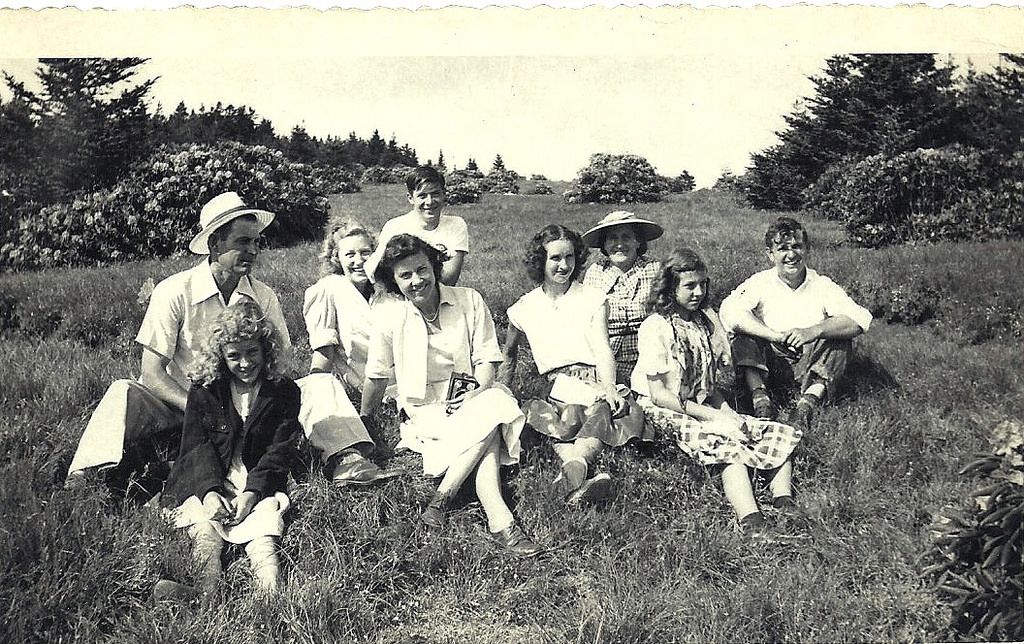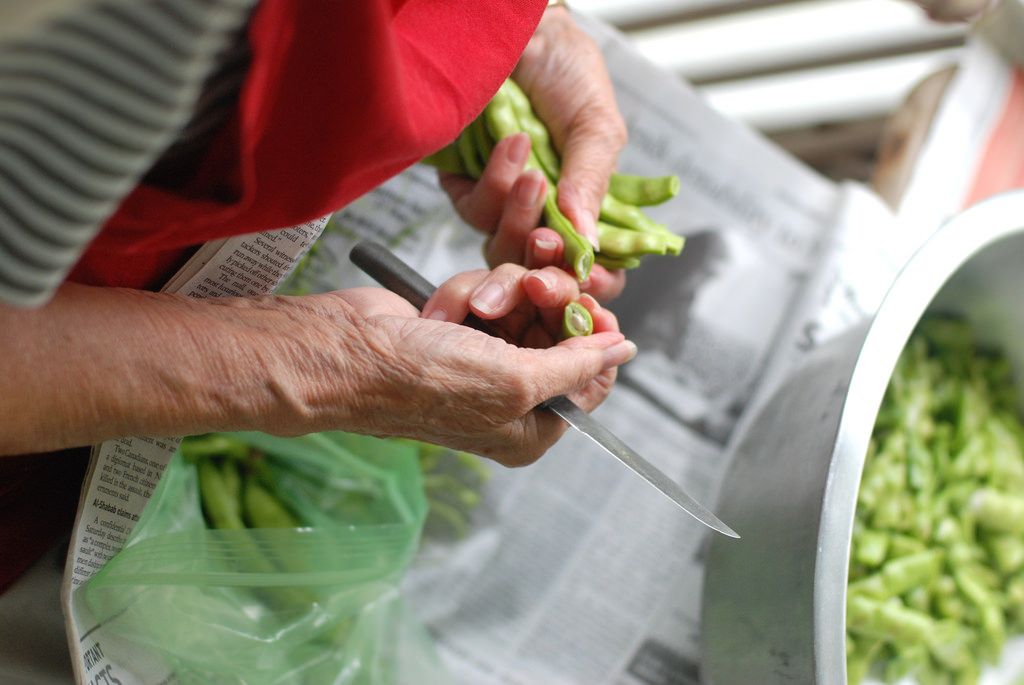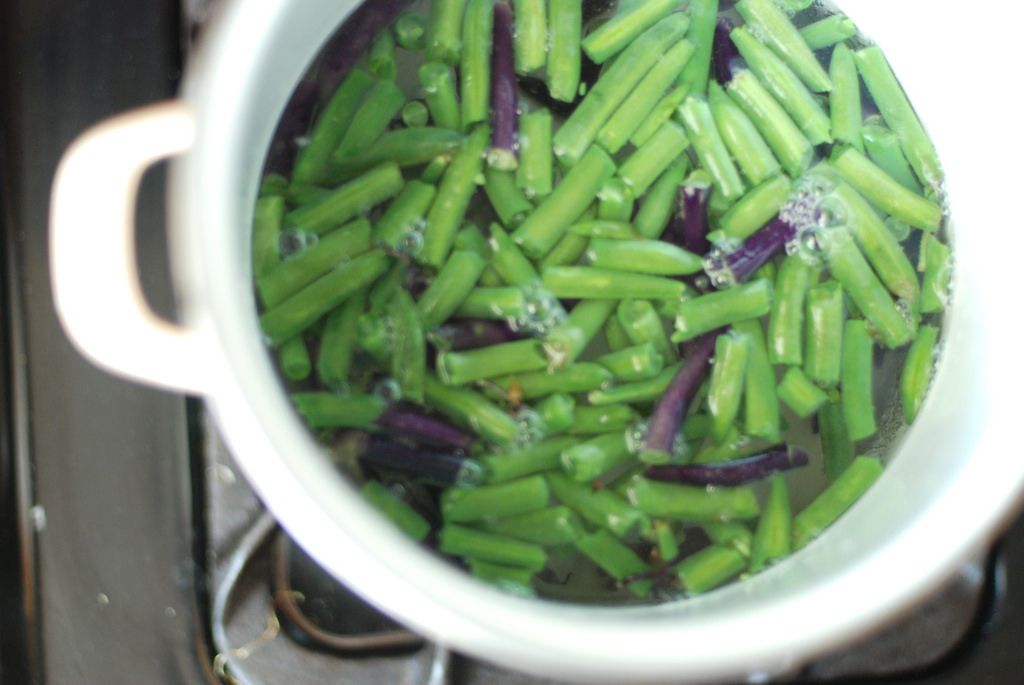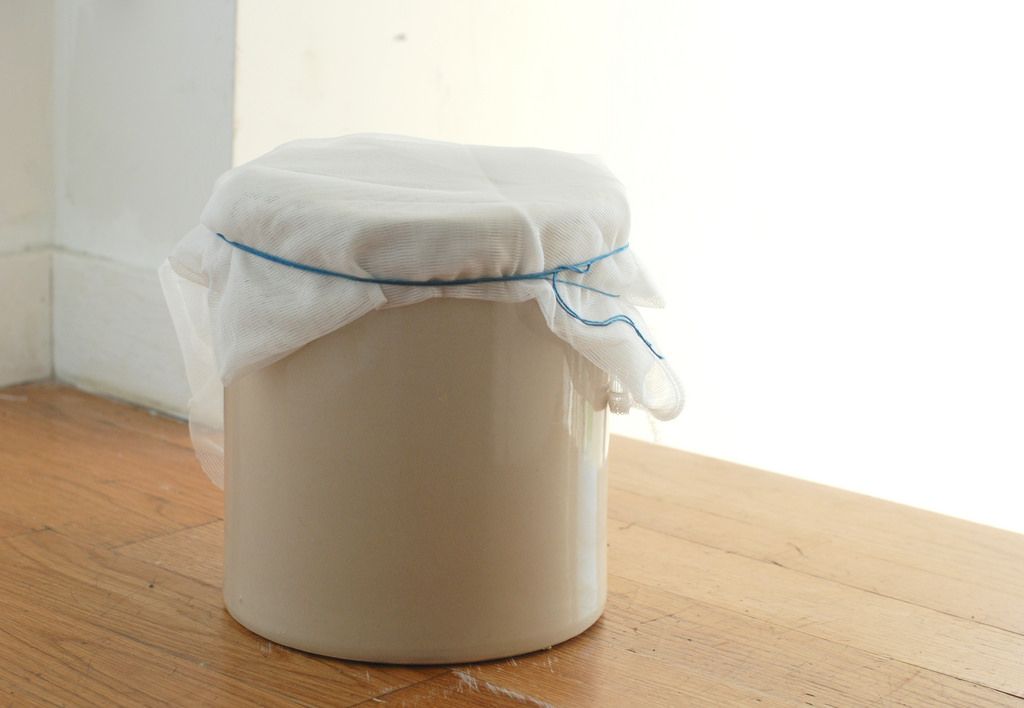
On our new weekly podcast, two friends separated by the Atlantic take questions and compare notes on everything from charcuterie trends to scone etiquette.
Listen NowPopular on Food52
Continue After Advertisement
17 Comments
D.K. E.
October 17, 2018
I have a question. I grew up in West Virginia. My grandmother always made Pickled Corn, in a large crock, however, she made it on the cob, she did not cut off. Would anyone here have a recipe for that style? I love it.
The Crock, creek rock, a cloth cover was the same as described here. Thank you.
The Crock, creek rock, a cloth cover was the same as described here. Thank you.
D.K. E.
August 25, 2022
My, my I cannot believe it has been 5 yrs since I posted this and forgot it:(. Anyway my Email address is Carman200@aol.com Thank you!
Erica
October 16, 2017
Loretta I live really close to Glen Aire and Roan Mountain in Burnsville. Your family names are very common here. If you have an email address you don’t mind sharing I can send you a word document with step by step directions.
Best regards
Best regards
Loretta P.
October 16, 2017
Hello, I was talking to a good friend of mine who now lives in PA and she said she would love to have some of my Great Aunt Romaine's pickled corn and beans. I told her I would make some and bring to her over the winter. Well I decided to go online just out of curiosity to see if recipes for NC mountain pickled corn existed, and low and behold I see your site with pics of your family on the Roan Mountain. That is where my Great Aunt Romaine Gouge still lives in Glen Ayre. My husband and I go there every year to visit my family and we make it a point to hike out to the Bluff on the Roan Mtn. Oh BTW, we live in Southern Maryland. Well, I'm off to get some beans and corn and get out my Great Grandmothers crocks that I inherited and get to work. Best and kindest wishes to you. Loretta (Burleson) Hetmanski (I have tons of family in that area-McKinneys, Freemans, Burlesons, Gouges, Buchanans, Ledfords, and likely Wilsons... ;-)
Heidi D.
July 29, 2020
Hi Loretta just saw your post because I was on here looking for a pickled corn recipe and I run across your post. I'm a Gouge but my kin family are Gouge, Buchanan, Woody and felt as if we may be kin somehow. Would love to know if we are cause Family is everything. You can email me at dealheidi17@gmail.com
Frank A.
October 4, 2017
Thank you very much for the info. I literally just ate the last bit of pickled beans & corn that my mother or grandmother (probably both together) ever made years ago in the Mountains of NC. I savored every bite and drop from that last jar. I want to learn and teach my children. I live now in TX and I am concerned about the heat factor and the fresh green beans and corn. I will be attempting this soon as possible (thinking come next harvest season) and greatly appreciate the shared experience and advice! Thanks so much,
Frank
Frank
Barbara B.
August 14, 2017
Ne sure the SIGN is in the heart. I have chopped kraut , pickled corn on the cob and pickled beans and corn ready. I process mine in pints and quarts and it lasts till we eat it all up. No refrigeration needed. Been doing it most of my 60 years!
Erica
June 23, 2017
I am so happy to see this. I have been pickling beans and corn my whole life with my mama and granny and now with my own daughter. It is truly an Appalachian tradition and I love that my family is keeping the art alive. My husband just bought me a 10 gallon crock for Christmas. I do the stone on top as well. FYI... when pickling, try not to use tap water as the chlorine can hinder the fermentation. Spring water was used for a reason😉






See what other Food52 readers are saying.